Premium Only Content
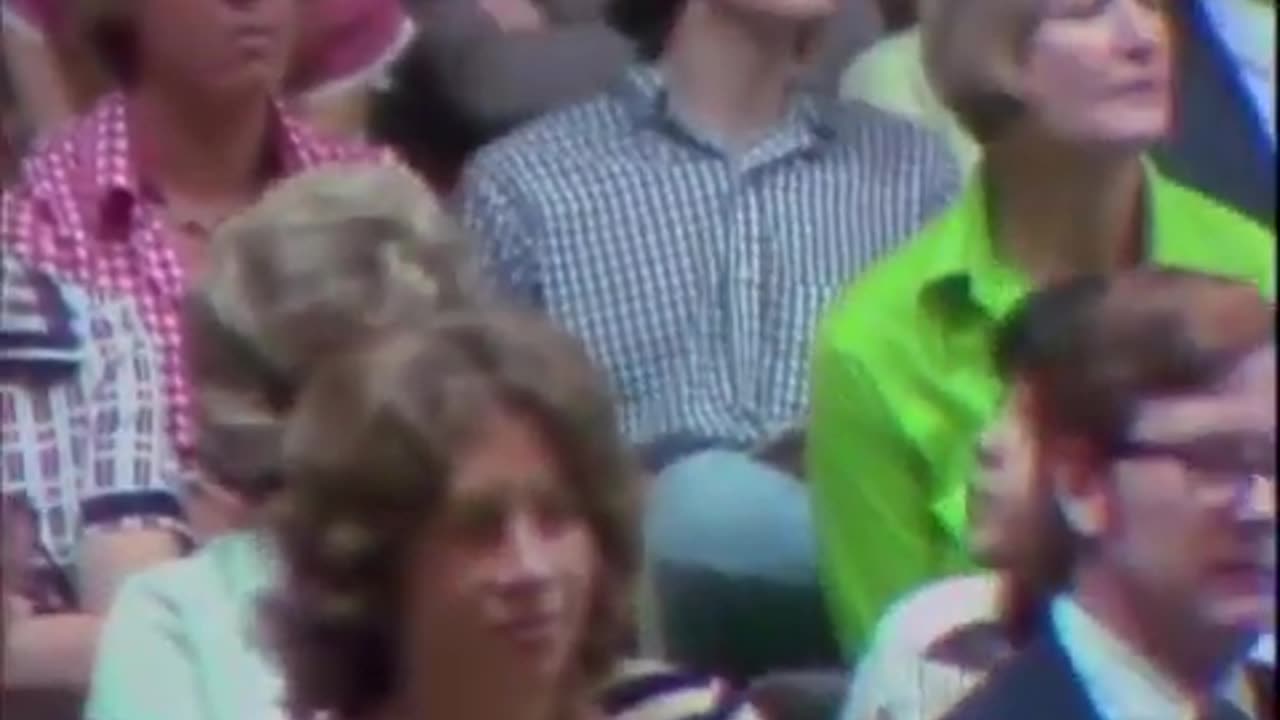
Nixon Impeachment Hearings Day 5 (1974-07-27)
The dark side of history: https://thememoryhole.substack.com/
In 1960, Nixon launched his first campaign for President of the United States, officially announcing on January 9, 1960.[104] He faced little opposition in the Republican primaries[105] and chose former Massachusetts Senator Henry Cabot Lodge Jr. as his running mate.[106] His Democratic opponent was John F. Kennedy and the race remained close for the duration.[107] Nixon campaigned on his experience, but Kennedy called for new blood and claimed the Eisenhower–Nixon administration had allowed the Soviet Union to overtake the U.S. in quantity and quality of ballistic missiles.[108] While Kennedy faced issues about his Catholicism, Nixon remained a divisive figure to some.[109]
Televised presidential debates made their debut as a political medium during the campaign. In the first of four such debates, Nixon appeared pale, with a five o'clock shadow, in contrast to the photogenic Kennedy.[106] Nixon's performance in the debate was perceived to be mediocre in the visual medium of television, though many people listening on the radio thought Nixon had won.[110] Nixon narrowly lost the election, with Kennedy winning the popular vote by only 112,827 votes (0.2 percent).[106]
There were charges of voter fraud in Texas and Illinois, both states won by Kennedy. Nixon refused to consider contesting the election, feeling a lengthy controversy would diminish the United States in the eyes of the world and that the uncertainty would hurt U.S. interests.[111] At the end of his term of office as vice president in January 1961, Nixon and his family returned to California, where he practiced law and wrote a bestselling book, Six Crises, which included coverage of the Hiss case, Eisenhower's heart attack, and the Fund Crisis, which had been resolved by the Checkers speech.[106][112]
1962 California gubernatorial campaign
Main article: 1962 California gubernatorial election
Local and national Republican leaders encouraged Nixon to challenge incumbent Pat Brown for governor of California in the 1962 gubernatorial election.[106] Despite initial reluctance, Nixon entered the race.[106] The campaign was clouded by public suspicion that Nixon viewed the office as a stepping stone for another presidential run, some opposition from the far-right of the party, and his own lack of interest in being California's governor.[106] Nixon hoped a successful run would confirm his status as the nation's leading active Republican politician, and ensure he remained a major player in national politics.[113] Instead, he lost to Brown by more than five percentage points, and the defeat was widely believed to be the end of his political career.[106]
In an impromptu concession speech the morning after the election, Nixon blamed the media for favoring his opponent, saying, "You won't have Nixon to kick around anymore because, gentlemen, this is my last press conference."[114] The California defeat was highlighted in the November 11, 1962, episode of Howard K. Smith's ABC News show, Howard K. Smith: News and Comment, titled "The Political Obituary of Richard M. Nixon".[115] Alger Hiss appeared on the program, and many members of the public complained that it was unseemly to give a convicted felon air time to attack a former vice president. The furor drove Smith and his program from the air,[116] and public sympathy for Nixon grew.[115]
Wilderness years
Nixon shows his papers to an East German officer as he crosses between the sectors of divided Berlin in July 1963
In 1963 the Nixon family traveled to Europe, where Nixon gave press conferences and met with leaders of the countries he visited.[117] The family moved to New York City, where Nixon became a senior partner in the leading law firm Nixon, Mudge, Rose, Guthrie & Alexander.[106] When announcing his California campaign, Nixon had pledged not to run for president in 1964; even if he had not, he believed it would be difficult to defeat Kennedy, or after his assassination, Kennedy's successor, Lyndon Johnson.[118]
In 1964, Nixon won write-in votes in the primaries, and was considered a serious contender by both Gallup polls[119][120] and members of the press.[121] He was even placed on a primary ballot as an active candidate by Oregon's secretary of state.[122] As late as two months before the 1964 Republican National Convention, however, Nixon fulfilled his promise to remain out of the presidential nomination process and instead endorsed Arizona Senator Barry Goldwater, the eventual Republican nominee. When Goldwater won the nomination, Nixon was selected to introduce him at the convention. Nixon felt that Goldwater was unlikely to win, but campaigned for him loyally. In the 1964 general election, Goldwater lost in a landslide to Johnson and Republicans experienced heavy losses in Congress and among state governors.[123]
Nixon was one of the few leading Republicans not blamed for the disastrous results, and he sought to build on that in the 1966 congressional elections in which he campaigned for many Republicans and sought to regain seats lost in the Johnson landslide. Nixon was credited with helping Republicans win major electoral gains that year.[124]
1968 presidential campaign
Main articles: Richard Nixon 1968 presidential campaign and 1968 United States presidential election
Nixon and President Lyndon B. Johnson meet at the White House prior to Nixon's nomination in July 1968
Nixon campaigning for president in Paoli, Pennsylvania, July 1968
1968 electoral vote results; the popular vote split between Nixon and Democrat Hubert Humphrey was less than one percentage point.
At the end of 1967, Nixon told his family he planned to run for president a second time. Pat Nixon did not always enjoy public life,[125] being embarrassed, for example, by the need to reveal how little the family owned in the Checkers speech.[126] She still managed to be supportive of her husband's ambitions. Nixon believed that with the Democrats torn over the issue of the Vietnam War, a Republican had a good chance of winning, although he expected the election to be as close as in 1960.[125]
An exceptionally tumultuous primary election season began as the Tet Offensive was launched in January 1968. President Johnson withdrew as a candidate in March, after an unexpectedly poor showing in the New Hampshire primary. In June, Senator Robert F. Kennedy, a Democratic candidate, was assassinated just moments after his victory in the California primary. On the Republican side, Nixon's main opposition was Michigan Governor George Romney, though New York Governor Nelson Rockefeller and California Governor Ronald Reagan each hoped to be nominated in a brokered convention. Nixon secured the nomination on the first ballot.[127] He was able to secure the nomination to the support of many Southern delegates, after he and his subordinates made concessions to Strom Thurmond and Harry Dent.[128] He selected Maryland Governor Spiro Agnew as his running mate, a choice which Nixon believed would unite the party, appealing both to Northern moderates and to Southerners disaffected with the Democrats.[129]
Nixon's Democratic opponent in the general election was Vice President Hubert Humphrey, who was nominated at a convention marked by violent protests.[130] Throughout the campaign, Nixon portrayed himself as a figure of stability during this period of national unrest and upheaval.[130] He appealed to what he later called the "silent majority" of socially conservative Americans who disliked the hippie counterculture and the anti-war demonstrators. Agnew became an increasingly vocal critic of these groups, solidifying Nixon's position with the right.[131]
Nixon waged a prominent television advertising campaign, meeting with supporters in front of cameras.[132] He stressed that the crime rate was too high, and attacked what he perceived as a surrender of the United States' nuclear superiority by the Democrats.[133] Nixon promised "peace with honor" in the Vietnam War and proclaimed that "new leadership will end the war and win the peace in the Pacific".[134] He did not give specifics of how he hoped to end the war, resulting in media intimations that he must have a "secret plan".[134] His slogan of "Nixon's the One" proved to be effective.[132]
Johnson's negotiators hoped to reach a truce in Vietnam, or at least a cessation of bombings. On October 22, 1968, candidate Nixon received information that Johnson was preparing a so-called "October surprise", abandoning three non-negotiable conditions for a bombing halt, to help elect Humphrey in the last days of the campaign.[135] Whether the Nixon campaign interfered with negotiations between the Johnson administration and the South Vietnamese by engaging Anna Chennault, a fundraiser for the Republican party, remains a controversy.[135] It is not clear whether the government of South Vietnam needed encouragement to opt out of a peace process they considered disadvantageous.[136]
In a three-way race between Nixon, Humphrey, and American Independent Party candidate George Wallace, Nixon defeated Humphrey by only 500,000 votes, a margin almost as close as in 1960, with both elections seeing a gap of less than one percentage point of the popular vote. However, Nixon earned 301 electoral votes to 191 for Humphrey and 46 for Wallace, a majority.[130][137] He became the first non-incumbent vice president to be elected president.[138] In his victory speech, Nixon pledged that his administration would try to bring the divided nation together.[139] Nixon said: "I have received a very gracious message from the Vice President, congratulating me for winning the election. I congratulated him for his gallant and courageous fight against great odds. I also told him that I know exactly how he felt. I know how it feels to lose a close one."[140]
-
 31:00
31:00
The Memory Hole
2 months agoThe Perils of a Life of Dirty Tricks in the CIA (1978)
1.13K -
 5:00
5:00
Adam Does Movies
14 hours agoCompanion Movie Review - Objectifying Sexbots Ends Today!
415 -
 14:23
14:23
GBGunsRumble
1 day agoGBGuns Armory Ep 136 Genesis Arms Gen-12 SSBM
1.57K2 -
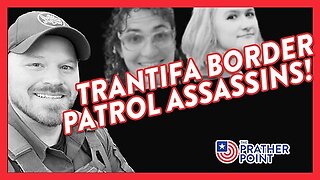 1:11:26
1:11:26
PMG
1 day ago $0.12 earnedTRANTIFA BORDER PATROL ASSASSINS!
2.42K1 -
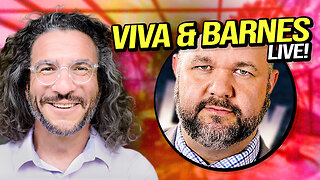 2:15:15
2:15:15
vivafrei
21 hours agoEp. 249: Confirmation Hearings RECAP! Canada-U.S. TRADE WAR? Bureaucrats Sue Trump! Viva Barnes Live
174K423 -
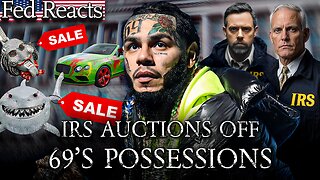 4:51:59
4:51:59
MyronGainesX
14 hours agoIRS Auctions Off Tekashi 69's Possessions
188K28 -
 LIVE
LIVE
Vigilant News Network
1 day agoRFK Jr. Hearing EXPOSES Corrupt Politicians in Humiliating Scandal | Media Blackout
3,289 watching -
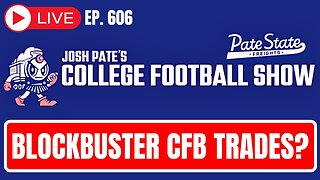 1:11:40
1:11:40
Josh Pate's College Football Show
13 hours ago $5.68 earnedPerfect CFB Conferences | Big Ohio State Changes | Canceling Spring Games | SEC 2025 Thoughts
61.7K2 -
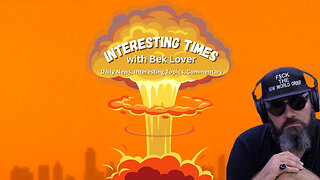 1:08:07
1:08:07
Bek Lover Podcast
11 hours agoInteresting Times with Bek Lover Podcast
33.7K -
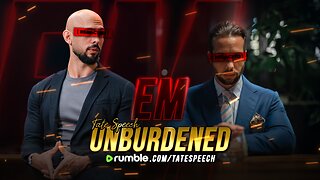 1:51:12
1:51:12
Tate Speech by Andrew Tate
14 hours agoEMERGENCY MEETING EPISODE 105 - UNBURDENED
206K107